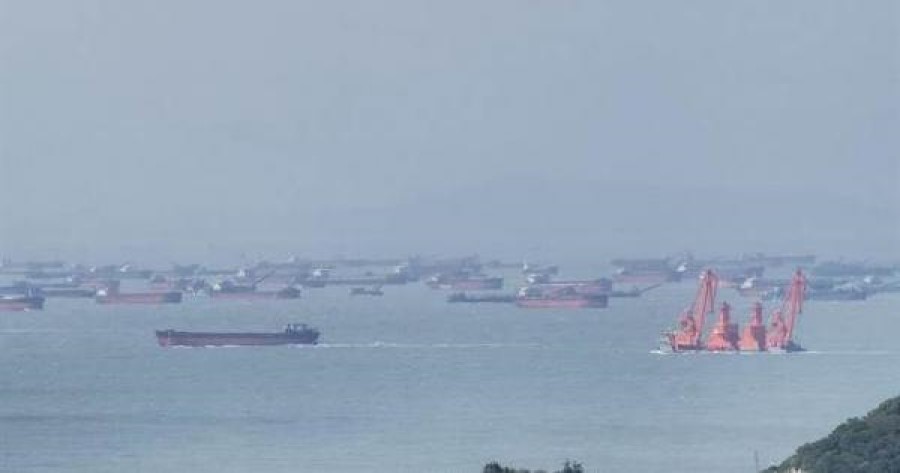- Reaction score
- 18,590
- Points
- 1,160
I call it the Army delusion.
It's not their fault, nobody is communicating clearly what the threats to Canada are. And a mass landing/invasion is NOT, repeat NOT one of them.
I'm not sure what others think, but I read things like this occasionally.
DOES CHINA POSE A CREDIBLE SECURITY THREAT TO CANADA’S ARCTIC?Lieutenant-Commander Valérie Allard https://www.cfc.forces.gc.ca/259/290/22/305/Allard.pdf
I doubt that anyone here foresees a Normandy-style landing by a Chinese army group in Churchill, but there is a non-zero possibility that Chinese or Russian challenges to Canadian border claims and resource exploration can happen. It's also a non-zero possibility that someone will try to park missile systems in that region in order to cut down the travel time to North American targets and other military assets to "protect" their incursions into our low hanging fruit terrain.
One of the problems we soldiers see with our navy in the Arctic is that it is mostly seasonal albeit that is changing. We also see the current air force air defence scheme is entirely built around jet fighters and drones. They gave up using nuclear missiles for continental air defence a long time ago.
Notwithstanding NSF highlights Arctic vulnerabilities up front,
"All of this points to the need for greater investment in our domestic defences, particularly in our Arctic. Alongside our diplomatic, security, and intelligence capabilities, a strong military protects Canada's ability to make sovereign, independent decisions in our best interests and limits our adversaries' ability to coerce or shape our courses of action."
there is nothing in the lengthy list of upcoming Liberal success stories
The army certainly isn't planning on having a northern brigade group, but it has roles. It could, for example, in times of heightened tensions or incursions fly in long range rocket systems and air defence systems which could provide persistent hard points around which navel and air forces could manoeuvre. That's over and above land forces to clear up incursions, hopefully heavily degraded by joint fires systems. The point is that even in the Arctic, there will be times when one needs to hold ground and form fire bases. Neither ships nor aircraft do that. We need to show the ability to provide a robust and credible response.
But the issue here isn't to argue for a bigger army presence. It's to say that us ground pounders recognize that there are too few ships and air assets to guard the Canadian coastlines properly in light of the potential threats that there are. Any existing vessel (and a system to sustain them) that could augment the anti-ship and anti-air envelope around the country would be of immense value.
We all understand that it isn't easy to modify a ship once constructed. To be honest, siting here on the outside, the fact that that capability wasn't built into the AOPS in the first place smacks of lack of foresight and vision on the part of the navy. I mean if the guys on Twitter consider that a handicap then you have to wonder what the discussion around the design team's table of the AOPS was. (Incidentally I had the same issue about the MCDV (a 40mm Boffin for gods' sake). When you can only afford a few ships then you have to make use of every hull that you have. What part about "armed" in Canadian Armed Forces are we missing here.
So sure, I'm a non-sailor questioning the navy's lack of vision. At least that shows that I'm even handed as I haven't hesitated to consider the army short of vision on its approach to heavy forces and the reserves and the air force's tepid dedication to aviation and tactical UAVs.




